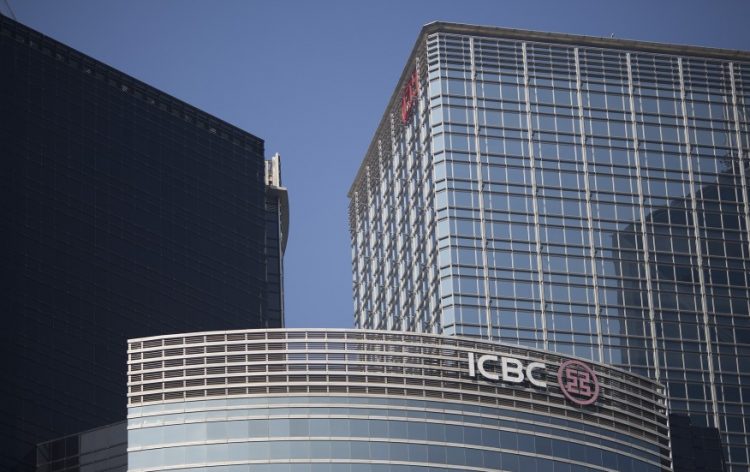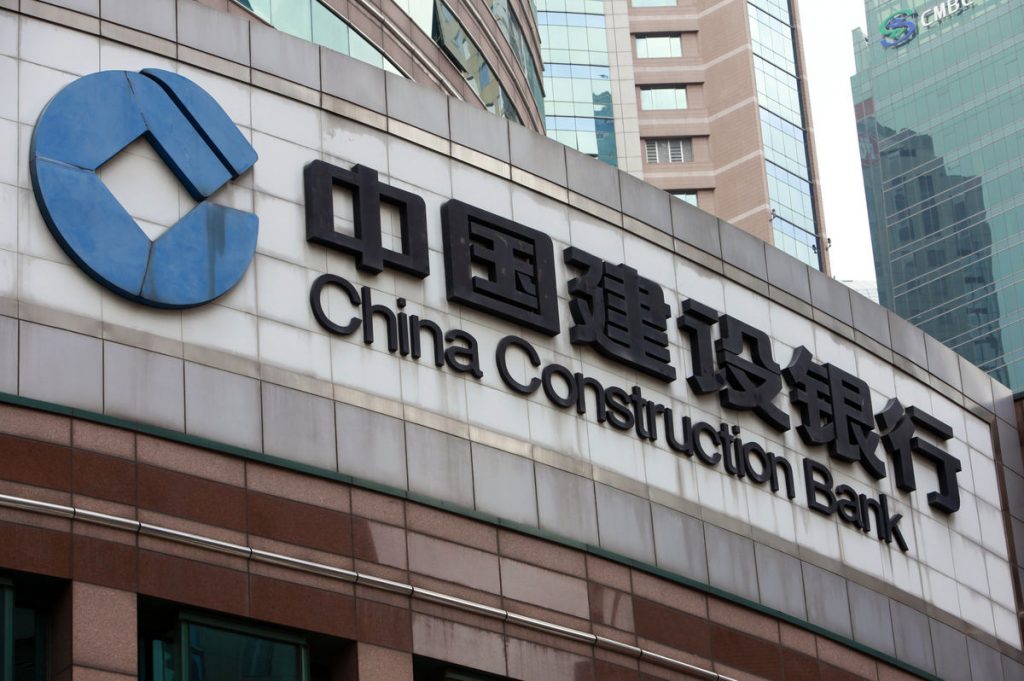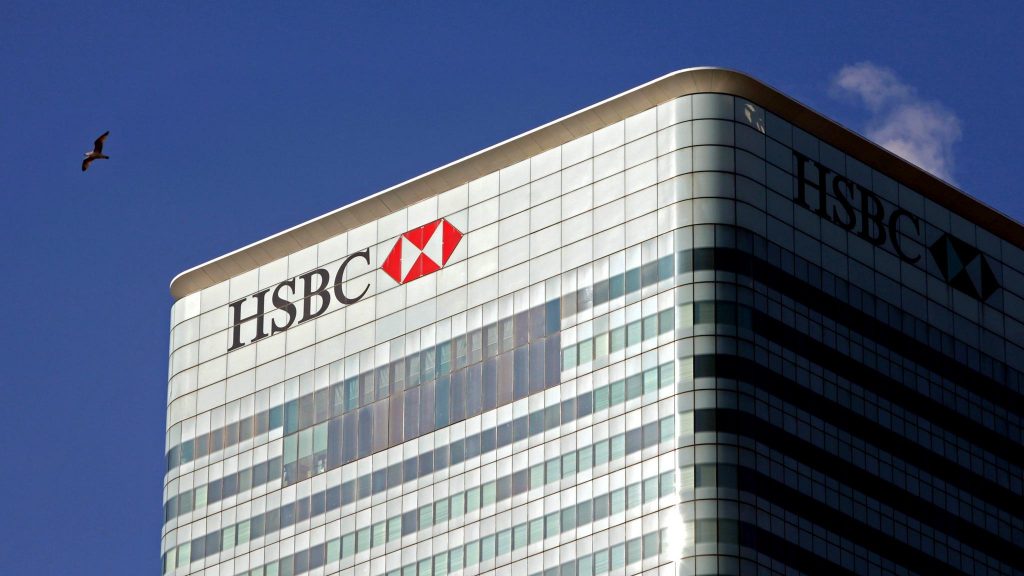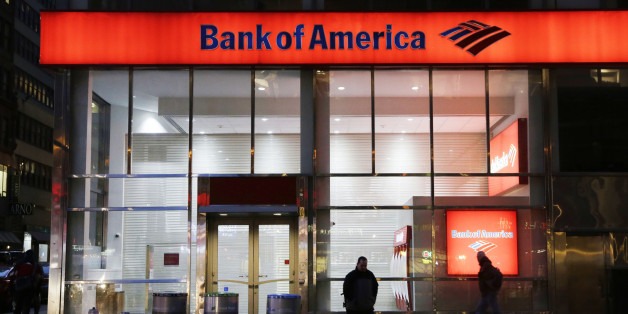10 largest banks in the world

Banks are some of the most important financial institutions in the modern world. They channel money from those who want to invest, to those who need it. In the process, they build a portfolio of assets that might exceed trillion dollars. These establishments are large and getting larger as the dependence on them is growing. The pace of development in countries often depends on how healthy the banking system is. Some people might think that the power of these institutions is too large and that they pose a threat to democracy in some countries as the influence of the leaders in the sector often exceeds that of many public officials. Nevertheless, it is indubitable that the importance of banks for economic development is huge. In this article, we list 10 of the largest banks in the world. There are several ways to compare banks in terms of size. They can be judged on market capitalization (if they are publically traded), or revenues. This article considers the value of the assets owned by the institutions as reported by the S&P Global Market Intelligence.
It is interesting to note that the five largest banks in terms of assets are in Asia, with Chinese banks holding the first four positions. The list also includes two banks from the United States and France and one bank from the United Kingdom. In terms of regions, 35 of the 100 largest banks by assets are located in EU, 18 in China, 12 in the US, 8 in Japan and 6 in France and the UK. There’s a completely different picture when market capitalization is considered instead of the assets. In this case, JPMorgan takes the first place as US banks overall rank considerably higher on the list.
1) Industrial and Commercial Bank of China – $4 trillion
ICBC is a state-run commercial bank that opened its first branch in 1984 in Beijing. Five years later it opened another branch in Europe, in Luxemburg. Now the company has outlets in most major European cities. In 2006 the bank had an IPO, but before that, it received capital injections from Goldman Sachs and American Express. ICBC had the largest IPO ever at that time that was valued at over $21 billion. It wasn’t until 2008 that the bank was allowed to establish a branch in the New York City. In terms of loans, it serves a variety of sectors. About 20% of its loans are made to manufacturing industry, 11% to transportation, storage, postage & telecommunications and 8% to power, gas, and water. ICBC ranks as number one in The Banker’s list of top 1000 World Banks and leads the list of Forbes Global 2000 as well. As of 2016, the bank had over 460,000 employees.

2) China Construction Bank Corporation – $3.4 trillion
CCB is another of the ‘big four’ banks of China. The bank was founded in 1954 when it was called People’s Construction Bank of China. At one point, Bank of America invested in the company and held over 10% of its shares as it was trying to expand its operations in the growing Chinese market. In 2013, it sold all of its stakes in the company. CCB currently has branches across the Europes as well as New York City. It employees over 320,000 people and is the largest bank in China by market capitalization. CCB had an IPO in 2005 and is currently a component of various indexes, including SSE 180 index, S&P Asia 50 and FTSE China A50 index.
3) Agricultural Bank of China – $3.23 trillion
AgBank was founded in 1951 as a result of the merger of Farmers Bank of China and Cooperation Bank only to be merged into People’s Bank of China a year later. In 1955 there was another attempt to establish a bank with the same name, but it was also merged into People’s Bank of China in 1957. The same process happened one more time in 1963, until in 1979 the Agricultural Bank of China we know of today was formed. AhBank went public in 2010 when its shares were listed on Shanghai Stock Exchange and the Hong Kong Stock Exchange. The IPO was the largest in history at that time, only to be exceeded by Alibaba four years later. Currently, the company employees over 440,000 people and has branches across Europe, in New York, Singapore, Sydney, Tokyo, and Seoul.
4) Bank of China – $2.99 trillion
Bank of China is the oldest bank in China to still exist. It was founded in 1912 to replace the Daqing Bank. Daqing Hubu Bank was established in 1905 by the Qing government, to be renamed Daqing Bank in 1908. In 1912 it became the Bank of China and assumed the responsibilities of the central bank i.e. issuing government-backed banknotes. Although now it is not the central bank of the country, it is still licensed to issue banknotes in Hong Kong and Macau. Bank of China is owned completely by the central government and has branches in 27 countries, including UK, US, Russia, Canada, Australia, Indonesia, Vietnam, etc. Bank of China currently has over 310,000 employers and is the second largest lender in China. It is also the fifth largest bank in the world by market capitalization and ranks fourth in the Forbes Global 2000 list.
5) Mitsubishi UFJ Financial Group – $2.78 trillion
When in 2005 Mitsubishi Tokyo Financial Group and UFJ Holdings merged, Mitsubishi UFJ Financial Group was formed. Before that, in 1996, Mitsubishi Tokyo Financial Group formed as a result of the merger of The Mitsubishi Bank and the Bank of Tokyo. Currently, 7.47% of the company’s shares are owned by Japan Trustee Services Bank, which makes it the largest shareholder. Other major owners include Toyota Motor Corporation and The Chase Manhattan Bank. Mitsubishi UFJ Financial Group currently employees about 100,000 people and is the largest financial group in Japan. Kiyoshi Sono is the chairman of the company while Nobuyuki Hirano serves as the president and group CEO.
6) JPMorgan Chase & Co. – $2.53 trillion
JPMorgan is one of the most well-known banks in the world. It is the largest bank in the world by market capitalization. The services offered by the company range to wealth management, investment banking, private banking, asset management and others. The bank has a long history as it was broken up and patched together several times to receive the final form we know of today. Today’s JPMorgan is a result of a merger of several organizations including J.P. Morgan & Co., Chase Manhattan Bank, Bank One, Bearn Stearns and Washington Mutual. The earliest organization the company’s history traces back to is the Bank of Manhattan Company, which is one of the oldest banks in the world, having been established in 1799.
As of 2018 the company employees 166,937 people. In 2017 the bank’s revenue was almost $100 billion, of which $24 billion was net income. Jamie Dimon serves as the CEO of the bank and has held that post for the longest time compared to other large banks in the United States. “The strength of our company has allowed us to always be there for our clients and communities – in good times and in bad times – and this strength enables us to continually invest in building our businesses for the future,” – Jamie Dimon.

7) HSBC Holdings PLC – $2.52 trillion
HSBC Holdings PLC is a British holding company that is also the largest bank in Europe. The letters HSBC are derived from Hongkong and Shanghai Banking Corporation, which are the places the bank traces its origins to. Hongkong and Shanghai Banking Corporation was founded in 1865 by a British banker Sir Thomas Sutherland. At first, it had main offices only in Hong Kong and Shanghai. In the 21st century, the company started to expand its operations to Europe by acquiring a French bank. Later it expanded even further, to the United States. Currently, HSBC has about 3,900 offices around the world and covers 67 countries. The company employees more than 220,000 people and its revenue in 2017 was around $51 billion. Of this, the net income constituted about $11 billion.
Main operations of HSBC center around commercial banking, investment banking, retail banking, wealth management and global private banking. It is listed on both Hong Kong Stock Exchange and London Stock Exchange. On London Stock Exchange, it is the second largest company by market capitalization. Mark Tucker serves as the chairman of the company, while John Flint is the Group Chief Executive.
8) BNP Paribas – $2.36 trillion
BNP Paribas is a French banking group that has operations in 72 countries. In the form we know of today, the bank was founded as a result of a merger of Banque Nationale de Paris and Paribas, which happened in 2000. Nevertheless, the company can trace its origins further back to 1848. Banque Nationale de Paris itself was formed by the merger of two banks. The first, Comptoir national d’escompte de Paris, was founded by the French Provisional Government in 1848 as a response to the financial troubles caused by the revolution of 1848. The second, Banque nationale pour le commerce et l’industrie was founded in 1932.
Jean-Laurent Bonnafe is the CEO of the company. BNP Paribas has around 190,000 employees across all its 7,000 branches. The bank is organized around two business areas: Domestic Markets and International Financial Services and Corporate & Institutional Banking. Although it has a presence in five continents, the main source of its income is still Europe, where the company generates 73.3% of its revenues. Furthermore, the retail banking is the most important business for the bank, as it accounts for over 72% of revenues. The major shareholders of BNP Paribas include the Belgian State, which owns 10.2% of the company, Blackrock Inc. with 5% and Grand Duchy of Luxemburg with 1%. Notably, 5.1% of the company’s shares are owned by its employees and over 43% by European institutional investors.

9) Bank of America – $2.28 trillion
The second largest bank in the United States, Bank of America, was formed when NationsBank acquired BankAmerica in 1988. In 2008, as a result of the financial crisis, Bank of America acquired Merrill Lynch, thus taking on the investment banking business as well. BofA has a large network with 4,600 branches, 46 million customers and over 200,000 employees. Brian Moynihan is the chairman and the CEO of the company. The company is mainly focused on the US, deriving over 90% of its revenue from the domestic market. Consumer banking accounts for 38% of BofA’s revenues. Global Banking, which includes global corporate banking, global commercial banking, business banking and investment banking is responsible for 22% of the income while global wealth and investment management divisions earn the company 21% of its total revenues.
BofA’s origins go as far back as 1904, with the founding of Bank of Italy in San Fransisco. The main market for the bank was the immigrant population which often got denied services at other banks. In 1922 Bank of America and Italy was established, which in 1928 merged with Bank of America, Los Angeles. Through a long series of mergers and demergers, over the time the bank became the company we know of today. In 2018, the company ranked sixth on Forbes Magazine Global 500, which is a list of the largest companies in the United States. It was a higher position than #7, which BofA occupied in 2017 and #11 which it occupied in 2016.
10) Credit Agricole – $2.12 trillion
Credit Agricole is a French network of cooperative and mutual banks which is often called ‘the green bank’ because of its association with farming. The network consists of Credit Agricole local banks, 39 of Credit Agricole regional banks and Credit Agricole S.A. which is the central institute. The bank has a long history. In 1885 Societe de Credit Agricole was established, which laid the foundation to the bank of today. Phillipe Brassac is the CEO of the organization. There are 2,509 local banks in the Credit Agricole network, which have over 7.4 million stakeholders. The network of regional banks has 7,200 branches and serves over 20 million clients.


























Comments (0 comment(s))